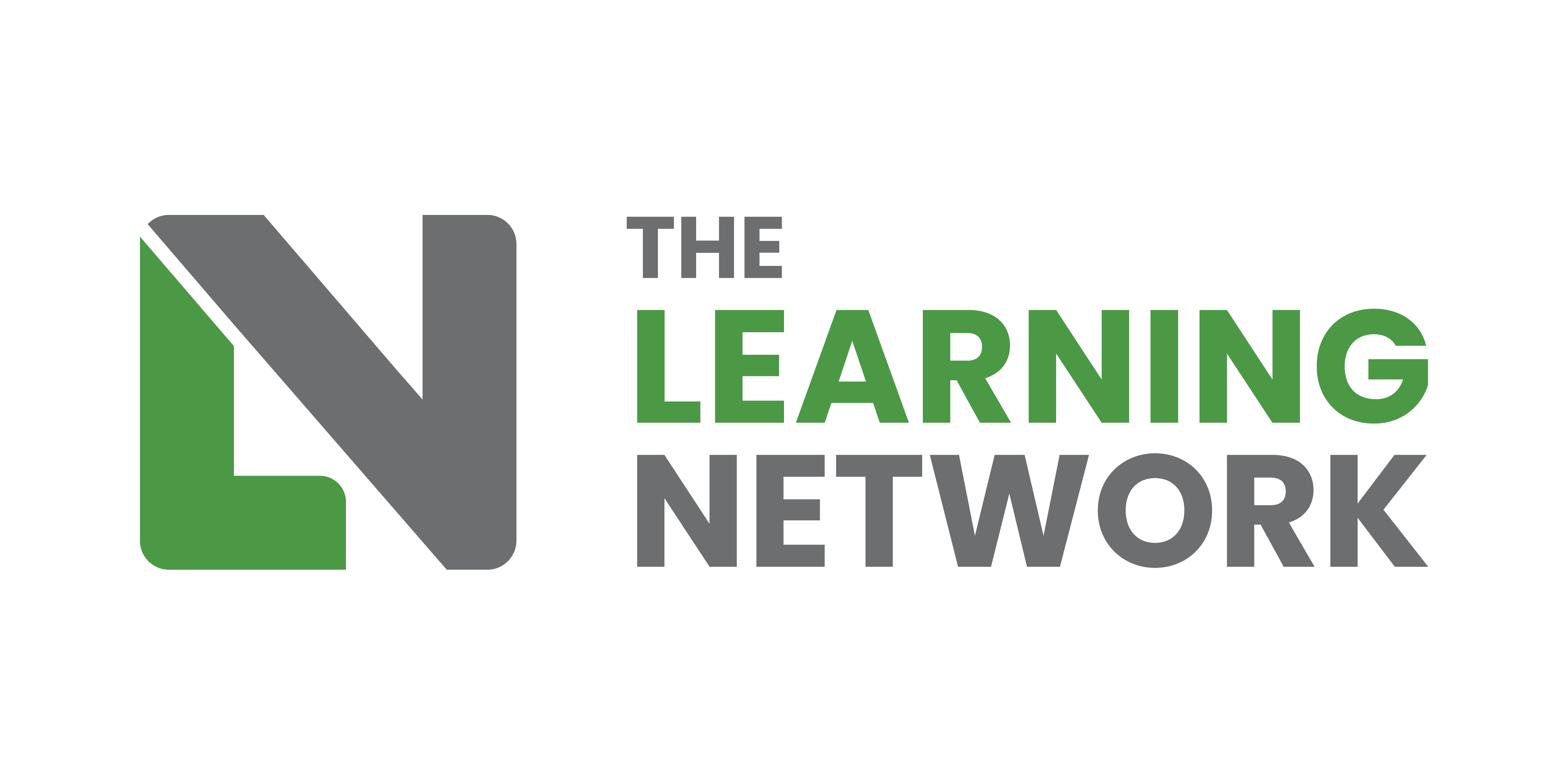With the eLearning Awards Gala evening ahead of us, what better time than now to post a short Q&A session that I – your Insights Editor – had earlier this year with the Chair of the Judges Tony Frascina (who is also now joining our board of Directors).
The eLearning Network – through Tony – coordinates the call out for submissions and all of the judging activity that lead up to tonight’s eLearning Awards evening. To find out more about the other stuff that we do at the eLearning Network and how you can become a member – if you’re not already – check out the link at the bottom of this post.
Here’s the Q&A:
Hi Tony, please tell us a little about yourself.
Hi, I’m Tony Frascina, an independent learning consultant and designer, and for the last four years, Chair of the Judges of the eLearning Awards.
What made you want to join the eLearning Network originally?
My links to the eLN go back to when it was still called TACT (The Association of Computer-based Training) and Jonathan Kettleborough was the chair. Like most people, I joined partly to be better informed about what was going on around the industry, but mostly just for the benefit of networking with like-minded people.
How has managing the eLearning Awards gone this year?
The eLN’s role in the Awards is always changing and growing. This year has involved working with a new organisation at the helm, dealing with a record number of entries, and judging every single category, not just the technical ones. Coordinating the awards involves keeping the momentum up and the experience fresh and exciting for everyone involved, whether they’re entrants or judges. And of course making sure these Awards maintain their richly deserved status as the most prestigious gongs in the industry.
What do you see as being the key challenges facing the eLearning and wider L&D industry right now?
I don’t think most the challenges have really changed in all my years in the industry, even though the technology has. It’s always been about understanding the importance of substance over style, about making learning active and user-centred, not passive and presentational. And that without good analysis and design, nothing we do would hold any value. Oh, and that tools don’t design anything, people’s brains do.
What books would you recommend as core reading to anyone wanting to get into eLearning and / or established L&D professionals?
I’d recommend ‘The Psychology of Everyday Things’ by Donald Norman. It’s about the principle of user-centred design. If our industry genuinely put the user at the heart of everything it did, the landscape would be changed beyond recognition.
What’s the best piece of eLearning you’ve ever seen?
I won’t single any one out, though some high profile recent Award winners have been superb.
What I would say instead though is that most learning designers work in a twilight world of not enough prior analysis, of arbitrary constraints, of woeful source materials and horribly small budgets – and yet strive to produce learning that may never win an award, but represents a triumph of will over adversity.
If you could give only one piece of advice to an eLearning designer what would it be?
Make sure you have a window you can stare out of, as that’s when you’ll do your finest work.
Thanks Tony!
Coming next month: Meet the new board Directors.
Follow this link to find out more about the benefits of membership of the eLearning Network.


